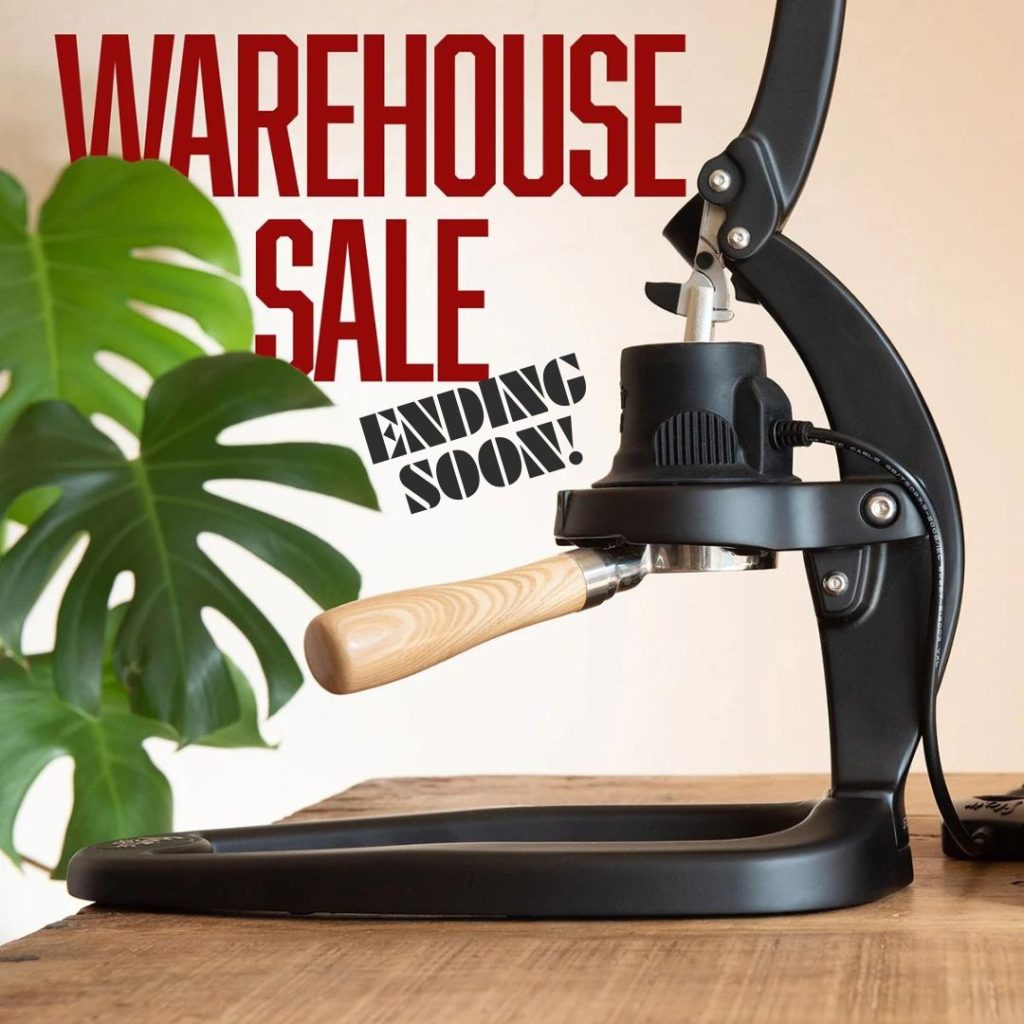How does brew water affect your espresso taste?

You’ve likely read the statistic: espresso is anywhere between 85% and 96% water depending on your brew ratio and extraction numbers. As such, if you’re trying to achieve consistency in your coffee, you’ve got to consider the source and quality of your water for each and every brew.
So what’s in your brew water? Are you pulling from the tap, living on a well, or buying your water from the store? Have you tested that water or read the label on the bottle? Municipalities start with surface water or groundwater prone to leaching, typically add chemicals for purposes of disinfection, and then transport that water to you through aging pipes (both yours and localities) suffering from corrosion. Sounding good so far? Now if you’re filtering that water with an active carbon based solution (e.g. Brita), while you’re hopefully removing the bulk of the contaminants, you won’t be removing dissolved solids such as minerals, salts or metals and these make up the Total Dissolved Solids (TDS) of your water before you brew.
SCAA recommends you use water with a TDS between 75-250 ppm, and a target of 150 ppm. Tap and spring water can have a TDS of 50-450 ppm. Alone, these “starting blocks” of dissolved substances affect the flavor of your coffee but also go a step further by interacting with the extracted components from your coffee to create new combined flavors. Equally important, the total concentrations prior to brew impact the total amount of additional solids you will be able to extract from the coffee.
Too little TDS to start with, your cup will likely taste bitter, tart or dry as the water will have a greater ability to absorb more material from the coffee-put another way, you risk over extracting. Start with too much TDS and you’ll have less opportunity to absorb the good stuff–coffee material, ending up with a weak, under extracted brew, which could leave you to pick up on the salty tastes of sodium, calcium, chloride and magnesium that dominated the total allowed soluble solids in the cup. The flavor profile in this instance could trend towards sour and lacking sweetness. To be clear, a measure of TDS denotes only the concentration of soluble solids present, not the what they are, and what they are will influence the flavor of the coffee so controlling what they are is equally as important as controlling how much is present.
So what to do? If you’re the intrepid sort, drawn towards chemistry, you could roll your own water. But let’s face it, that’s not most people so we won’t go into those details here. At the very least, you should try and find the best off-the-shelf bottled water to brew with that comes closest to recommendations.
Another, far easier and more exact, option is a product created by Third Wave Water. We at Flair highly recommend this option, which comes in a small packet and will re-mineralize distilled water to closely match SCAA’s target recommendation by adding only three natural ingredients: Magnesium Sulfate, Calcium Citrate, and Sodium. Not only do you not need to fuss over ‘making’ your own water from scratch, you can be 100 percent certain that no matter where you brew, you can have the same coffee experience every time and stand a better chance of hitting the tasting notes claimed by the roaster.
All Flair Espresso Machines purchased from our webstore are shipping with a sample of TWW that our customers can use to treat 1 gallon of water. TWW is but one more tool in your arsenal to do Espresso Made Right at home, at the office or on the road with the Flair.


